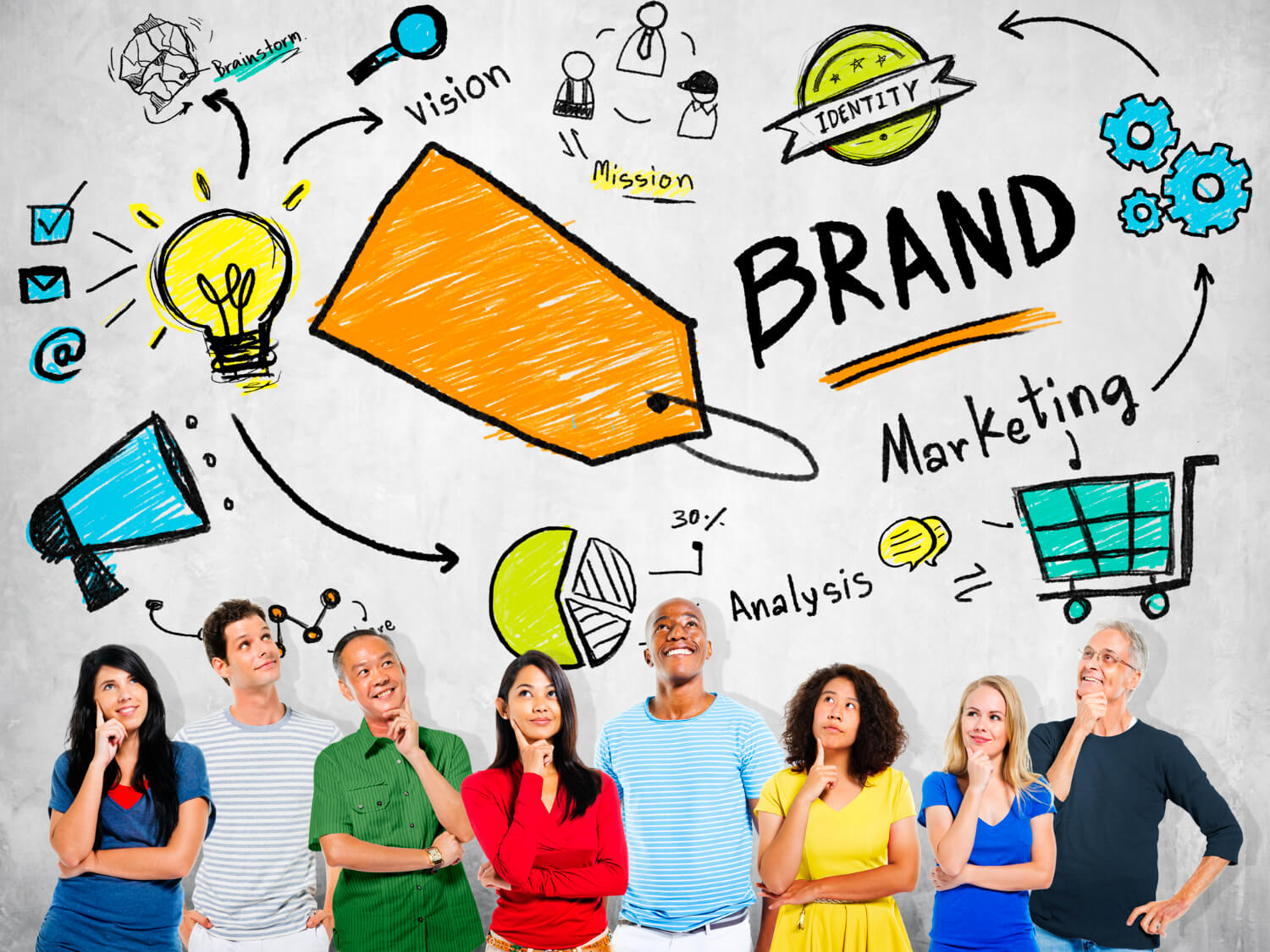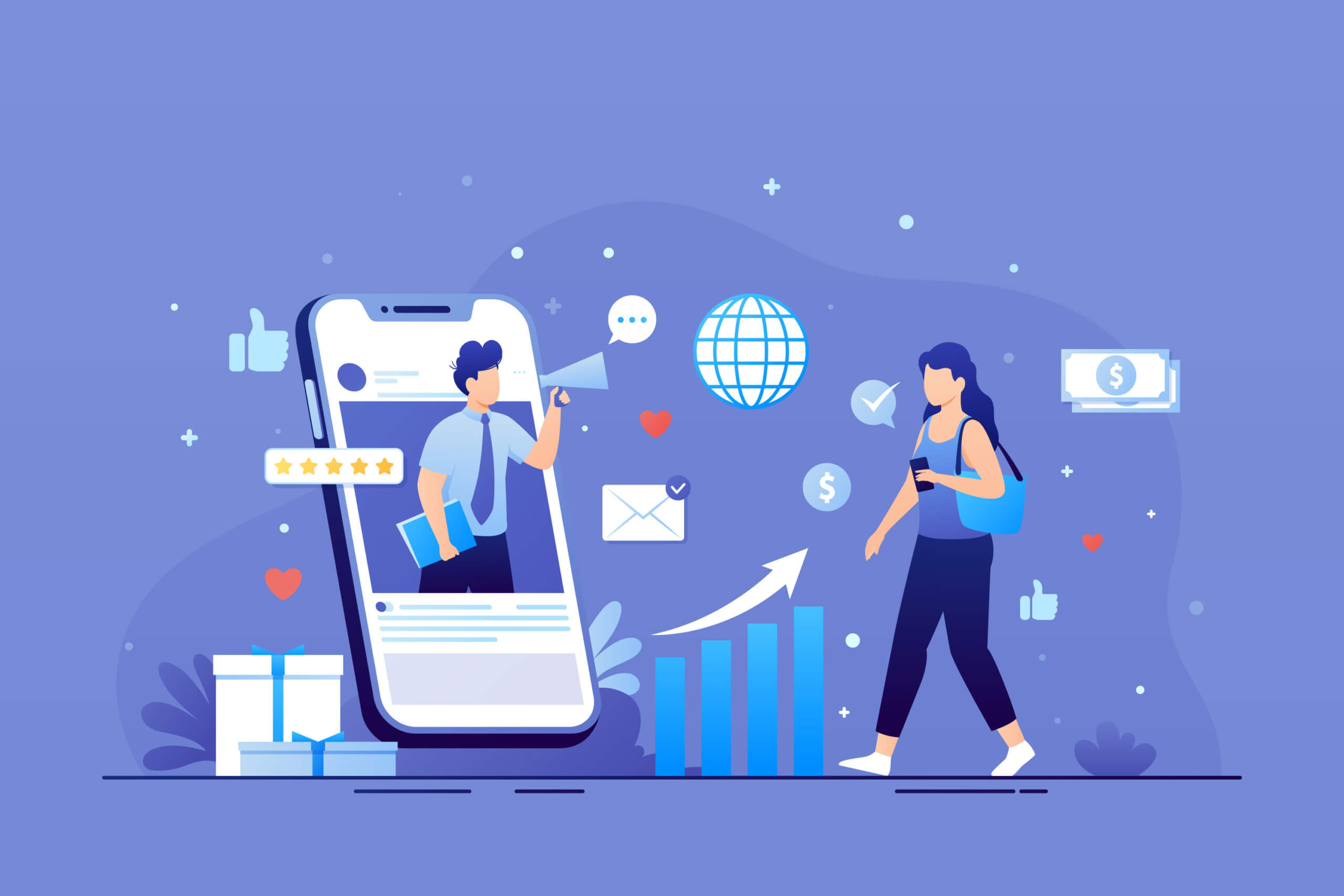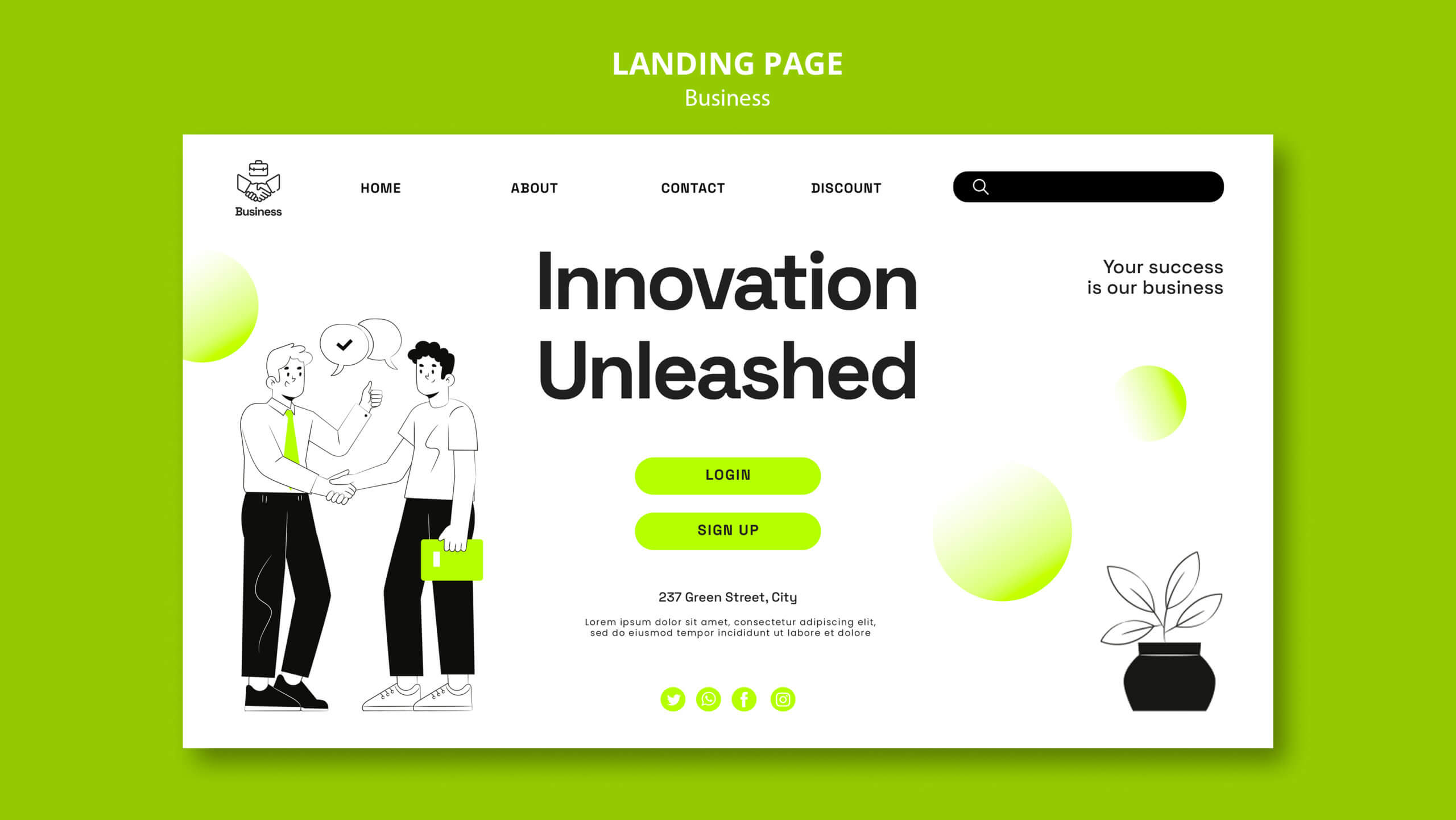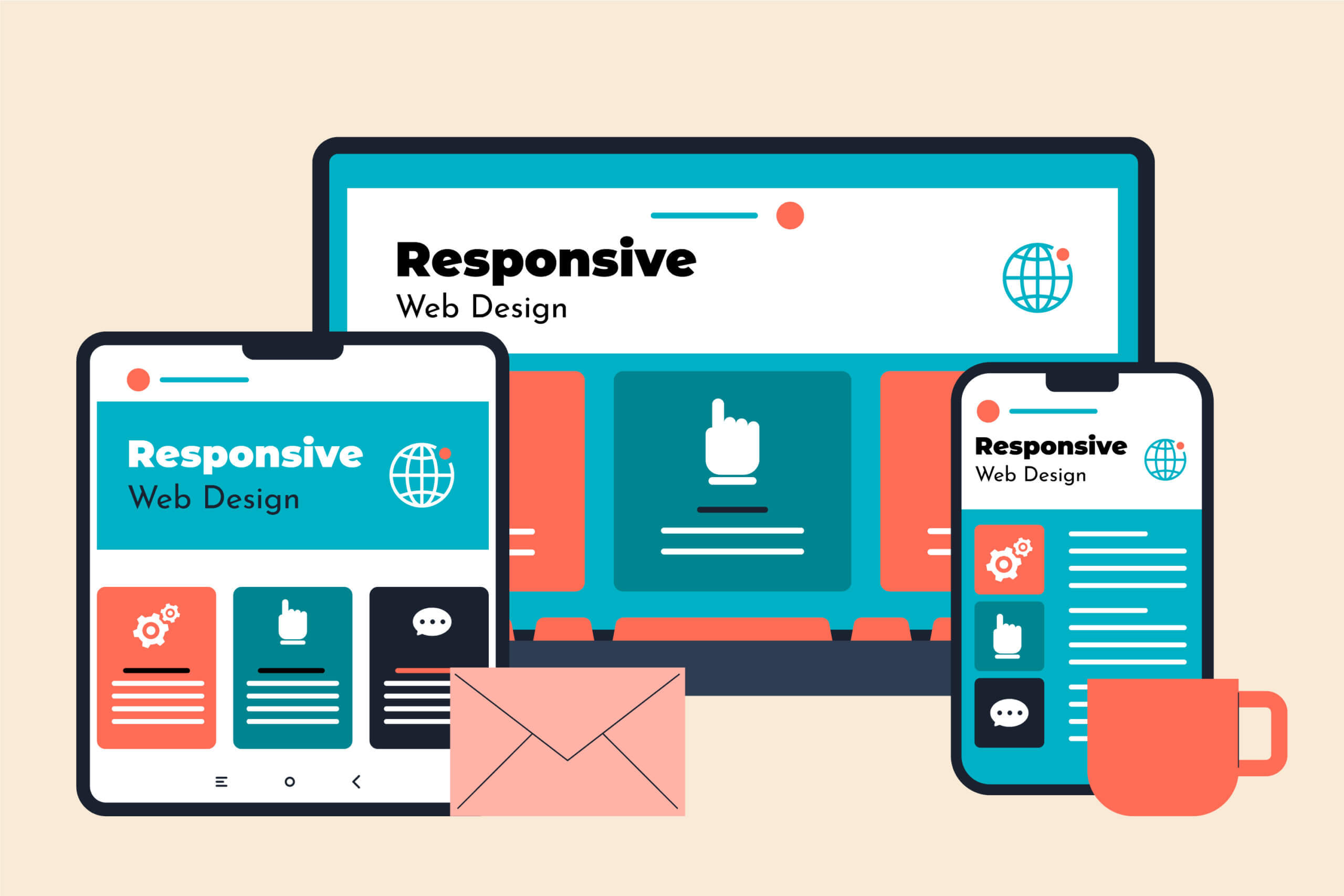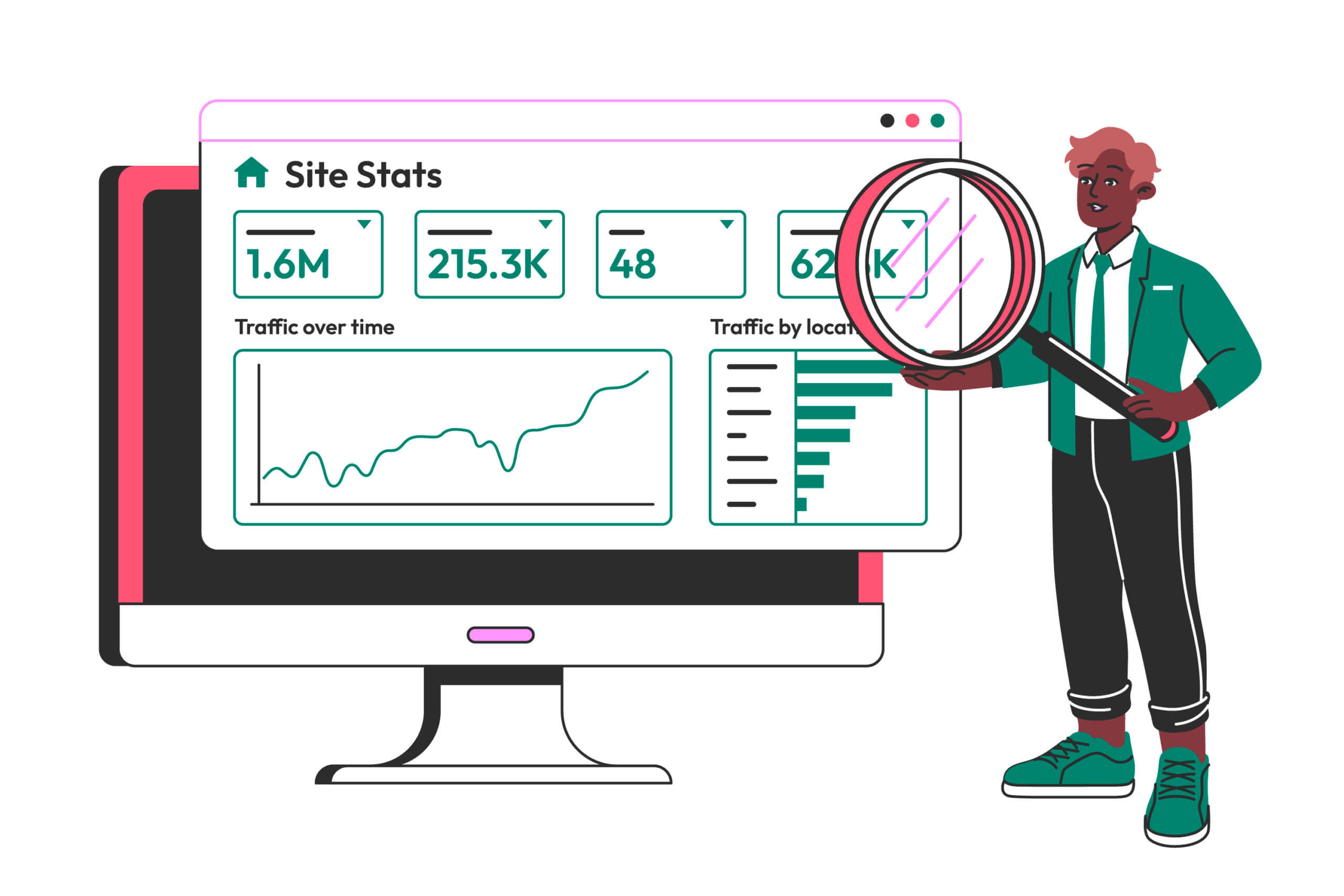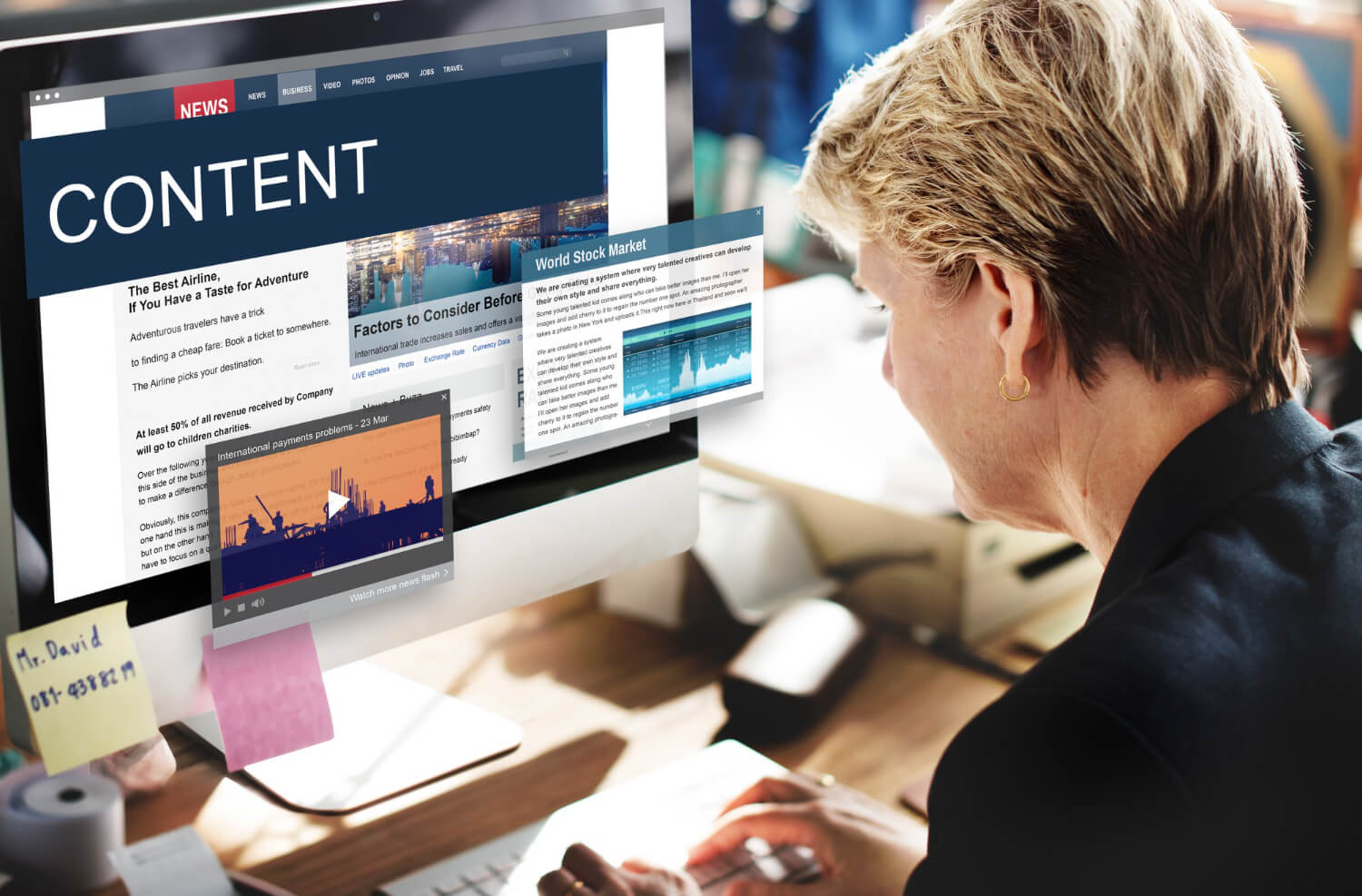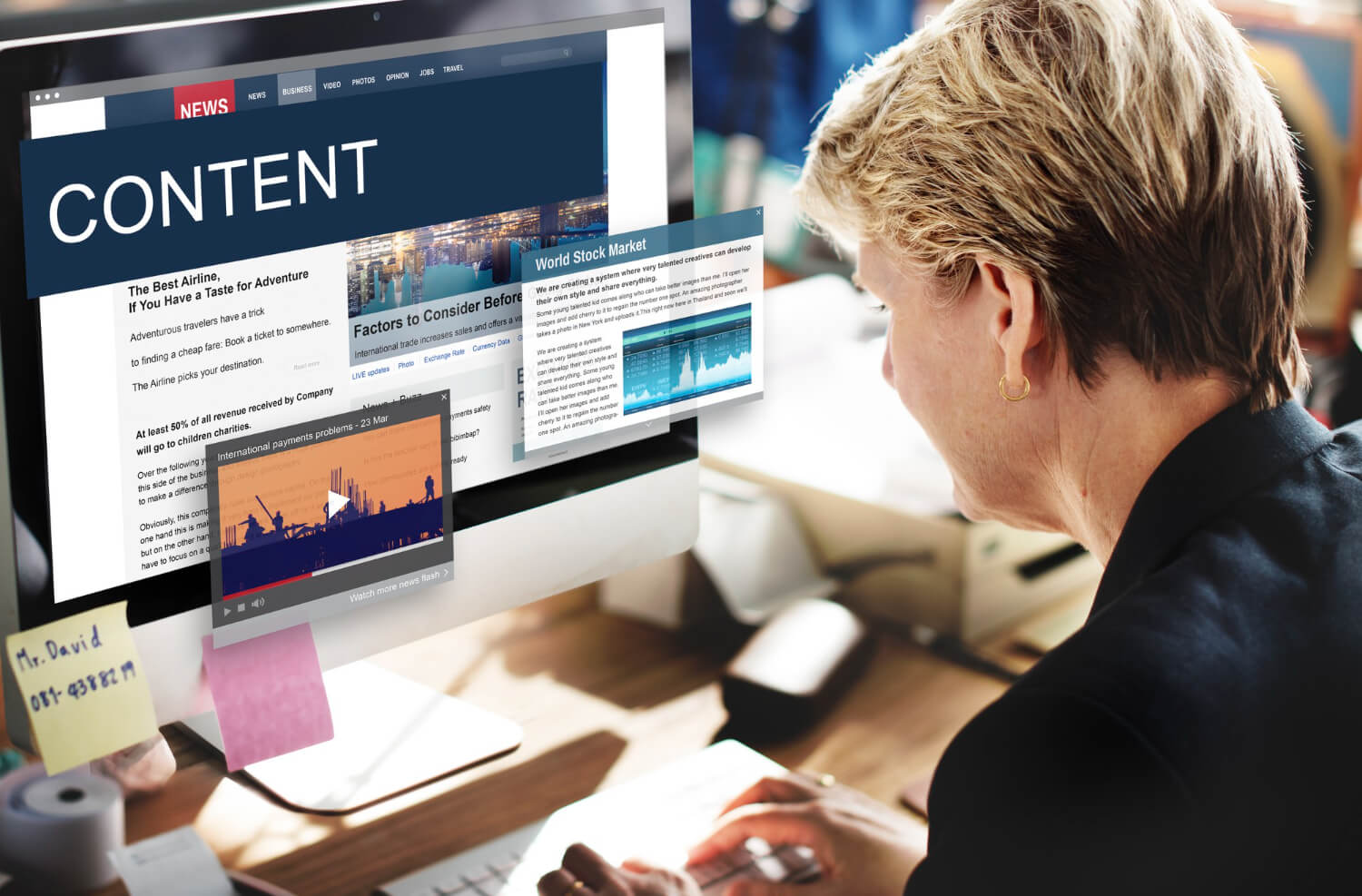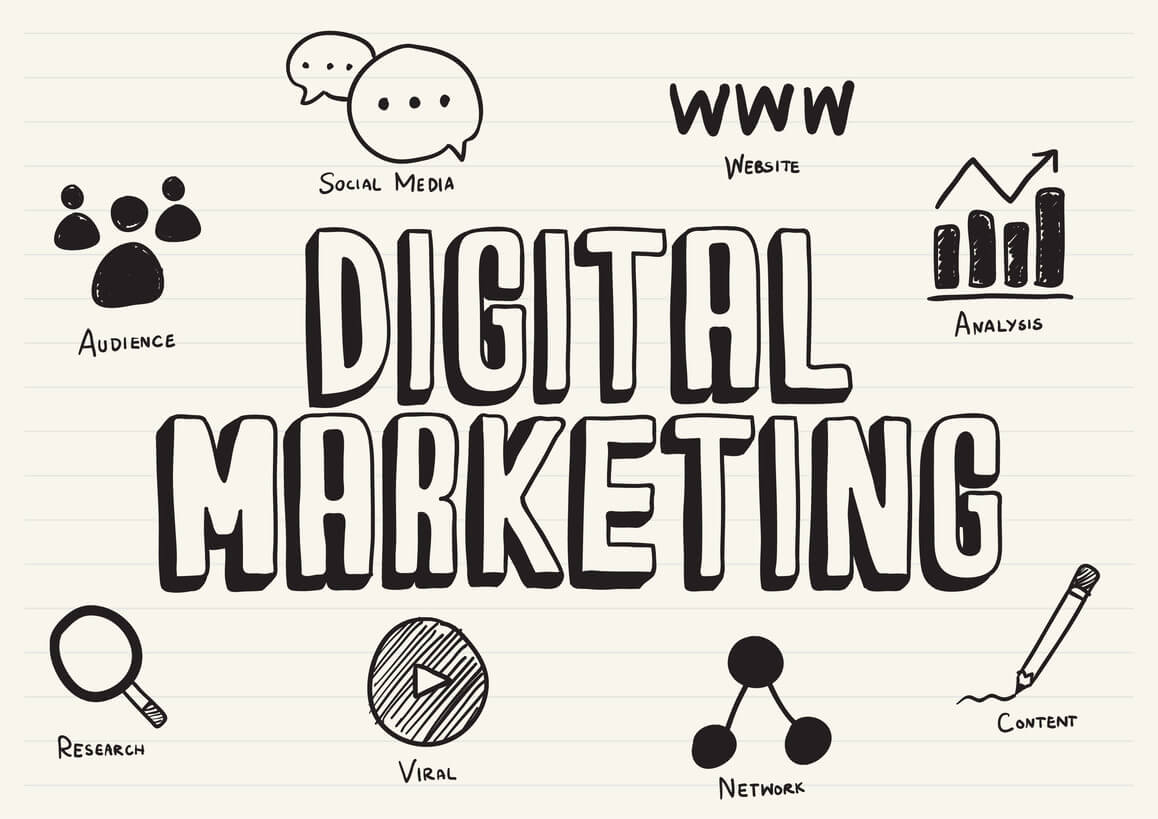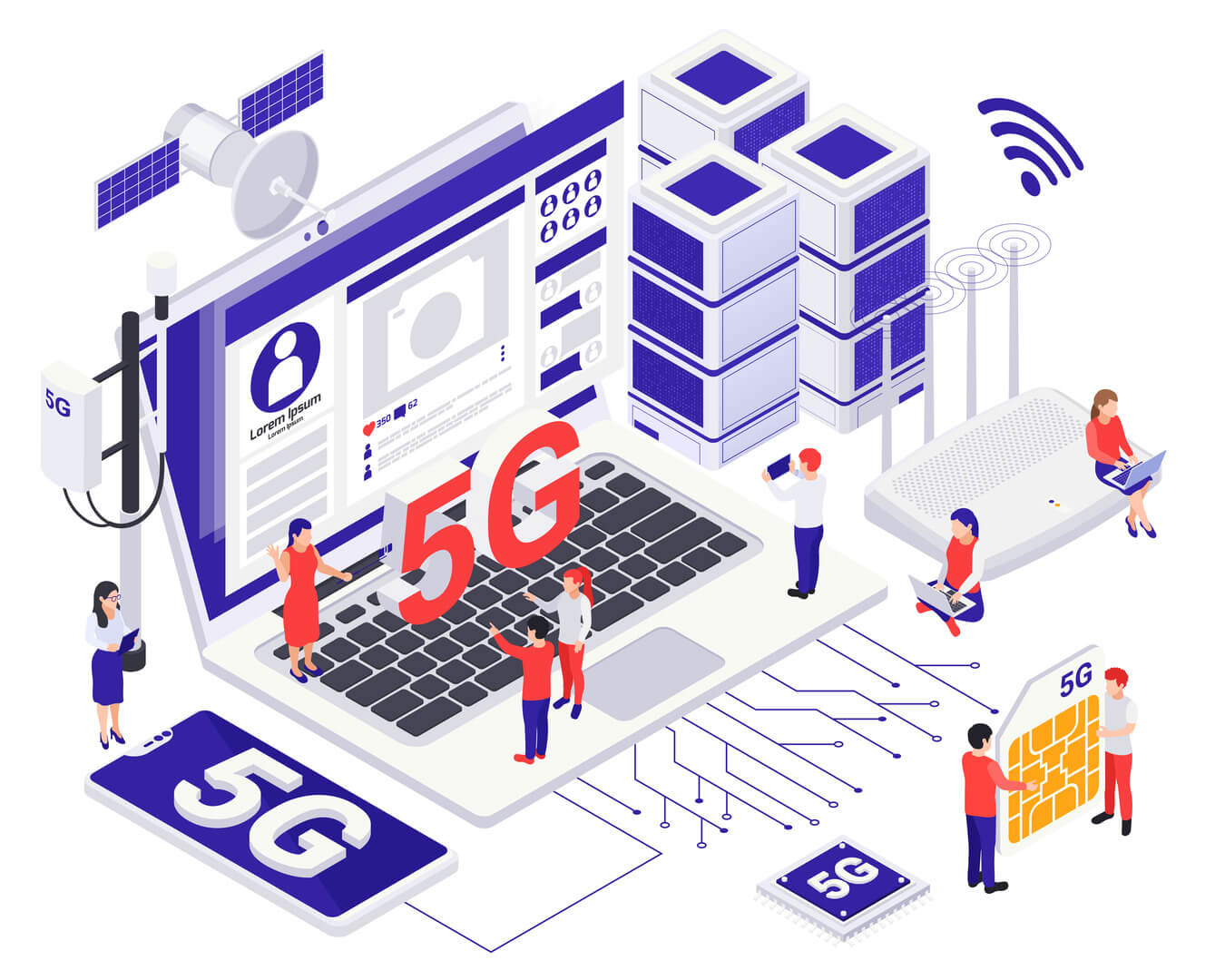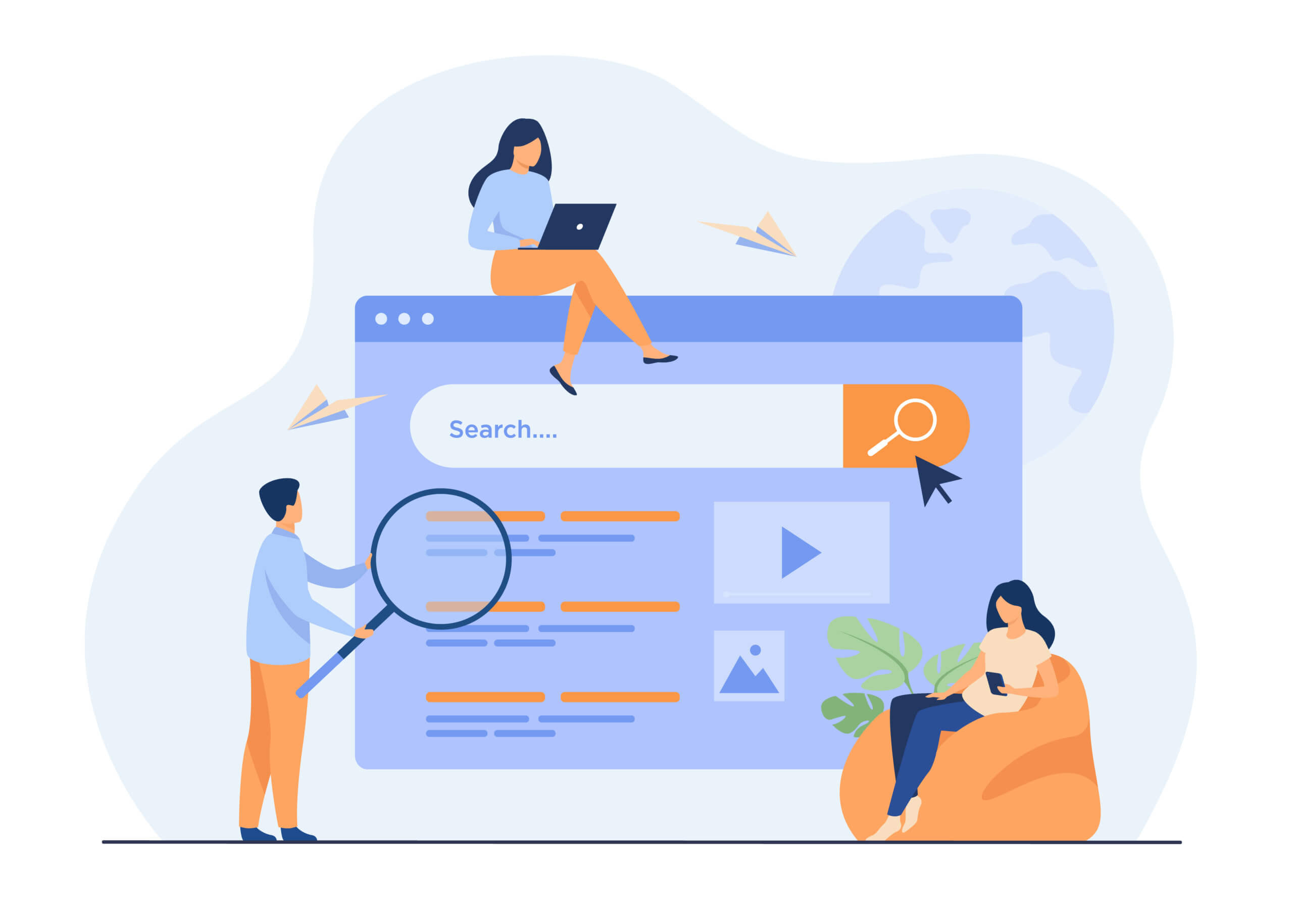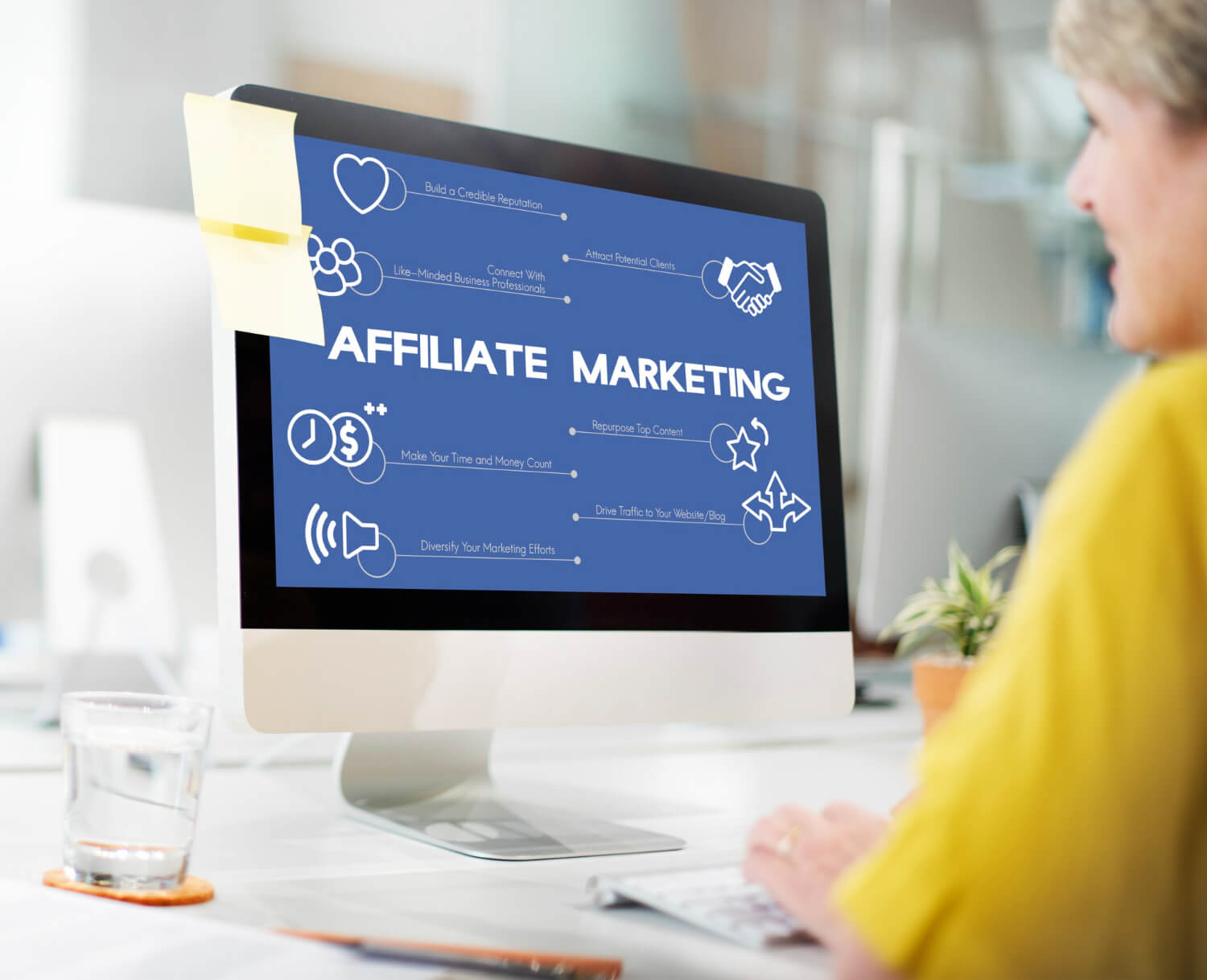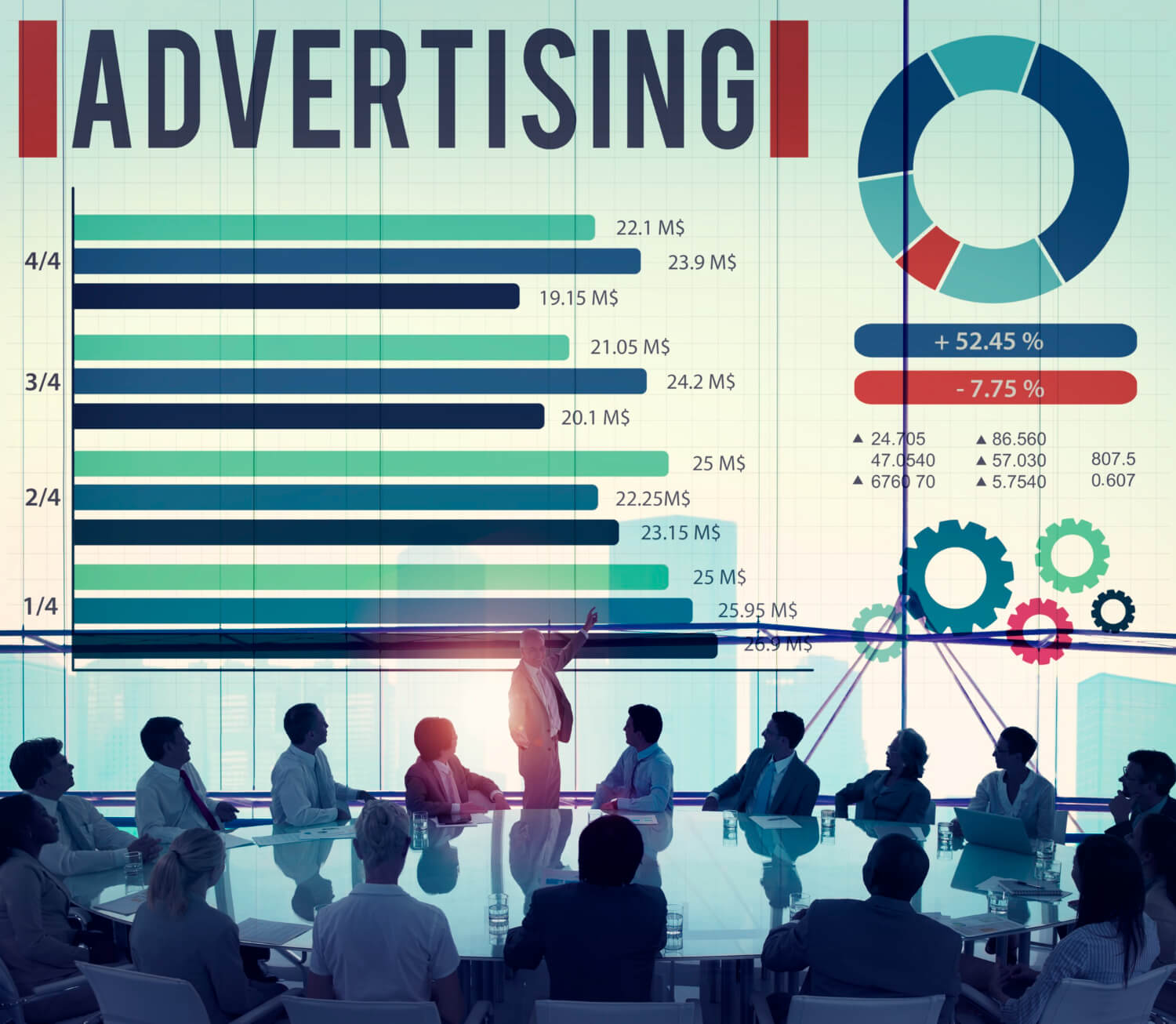
In the dynamic landscape of modern marketing, personalization has emerged as a game-changer. No longer is it enough to deliver generic messages to a broad audience. Consumers expect tailored experiences that resonate with their individual preferences and needs. This shift has given rise to the power of personalization, a strategic approach that leverages big data and advanced analytics to create hyper-personalized marketing campaigns. In this comprehensive article, we delve into the world of personalized marketing, exploring how big data and analytics are driving campaigns that connect deeply with consumers.
Unlocking Personalization with Big Data and Analytics
Defining Personalization
Personalization involves tailoring marketing messages, offers, and experiences to suit the unique characteristics of individual consumers. This approach goes beyond segmenting audiences based on broad categories and dives into the granular details that make each consumer distinct.
The Role of Big Data and Analytics
Big data refers to the vast volume of information collected from various sources, while analytics involves processing and analyzing this data to gain insights. The combination of big data and analytics enables marketers to understand consumer behavior, preferences, and patterns on an unprecedented scale.
The Advantages of Hyper-Personalized Marketing
Enhanced Customer Engagement
Personalization drives higher levels of customer engagement. Consumers are more likely to engage with content that speaks directly to their interests and needs. By delivering relevant and timely messages, hyper-personalized campaigns capture attention and encourage interaction.
Improved Customer Loyalty
When consumers feel that a brand understands their preferences and caters to their needs, a sense of loyalty is fostered. Hyper-personalized marketing deepens the emotional connection between consumers and brands, increasing customer retention and advocacy.
Boosted Conversion Rates
Relevant and tailored messages resonate with consumers, driving them further down the conversion funnel. Hyper-personalization increases the likelihood of consumers taking desired actions, whether it’s making a purchase, signing up for a newsletter, or filling out a form.
Leveraging Big Data for Personalization
Data Collection and Consolidation
Collect data from various touchpoints, including websites, social media, email interactions, and purchase history. Centralize this data to create a comprehensive view of each consumer.
Segmentation and Targeting
Segment consumers based on common characteristics, behaviors, and preferences. Utilize analytics to identify patterns and trends within each segment.
Behavioral Analysis
Analyze consumer behavior to understand their browsing patterns, purchase history, and interaction preferences. This insight informs the creation of personalized recommendations and content.
Implementing Analytics for Hyper-Personalization
Predictive Analytics
Predictive analytics uses historical data to forecast future outcomes. By analyzing past interactions and behaviors, marketers can predict consumer preferences and tailor marketing strategies accordingly.
Machine Learning and AI
Machine learning algorithms can process vast amounts of data to identify hidden patterns and make real-time recommendations. AI-powered chatbots and recommendation engines deliver personalized experiences on a one-to-one basis.
A/B Testing and Optimization
Analytics enables A/B testing to determine the most effective personalized strategies. Continuously monitor performance and refine campaigns to improve results over time.
Balancing Personalization and Privacy
Respecting Consumer Privacy
While personalization offers numerous benefits, it’s essential to respect consumer privacy. Obtain explicit consent before collecting and using personal data, and adhere to data protection regulations.
Transparent Data Usage
Be transparent about how consumer data is collected, used, and stored. Communicate the value that personalized experiences bring and how data is safeguarded.
Conclusion
The power of personalization lies in its ability to create meaningful and memorable connections between brands and consumers. By harnessing the insights provided by big data and advanced analytics, marketers can deliver hyper-personalized campaigns that resonate deeply with individual preferences and needs. This approach not only drives engagement, loyalty, and conversions but also sets the stage for a future where marketing is not just about reaching audiences but about forging authentic relationships.





